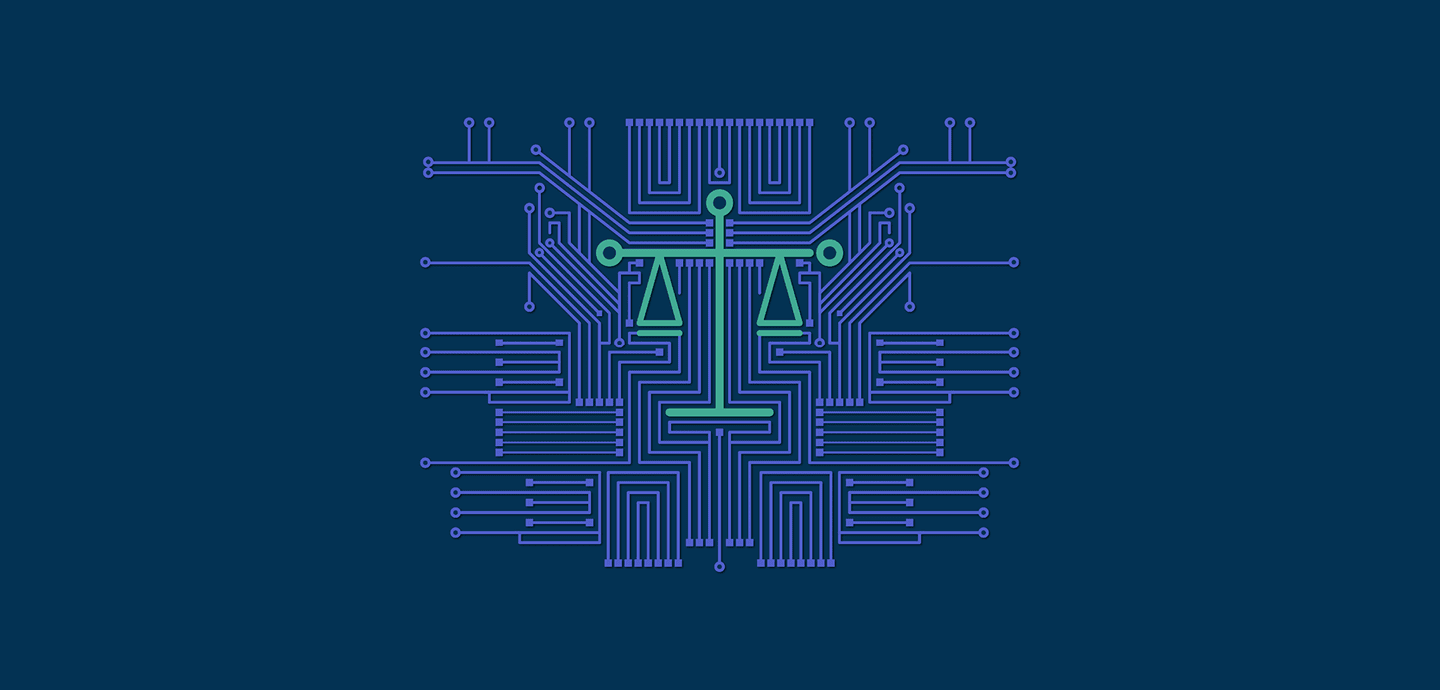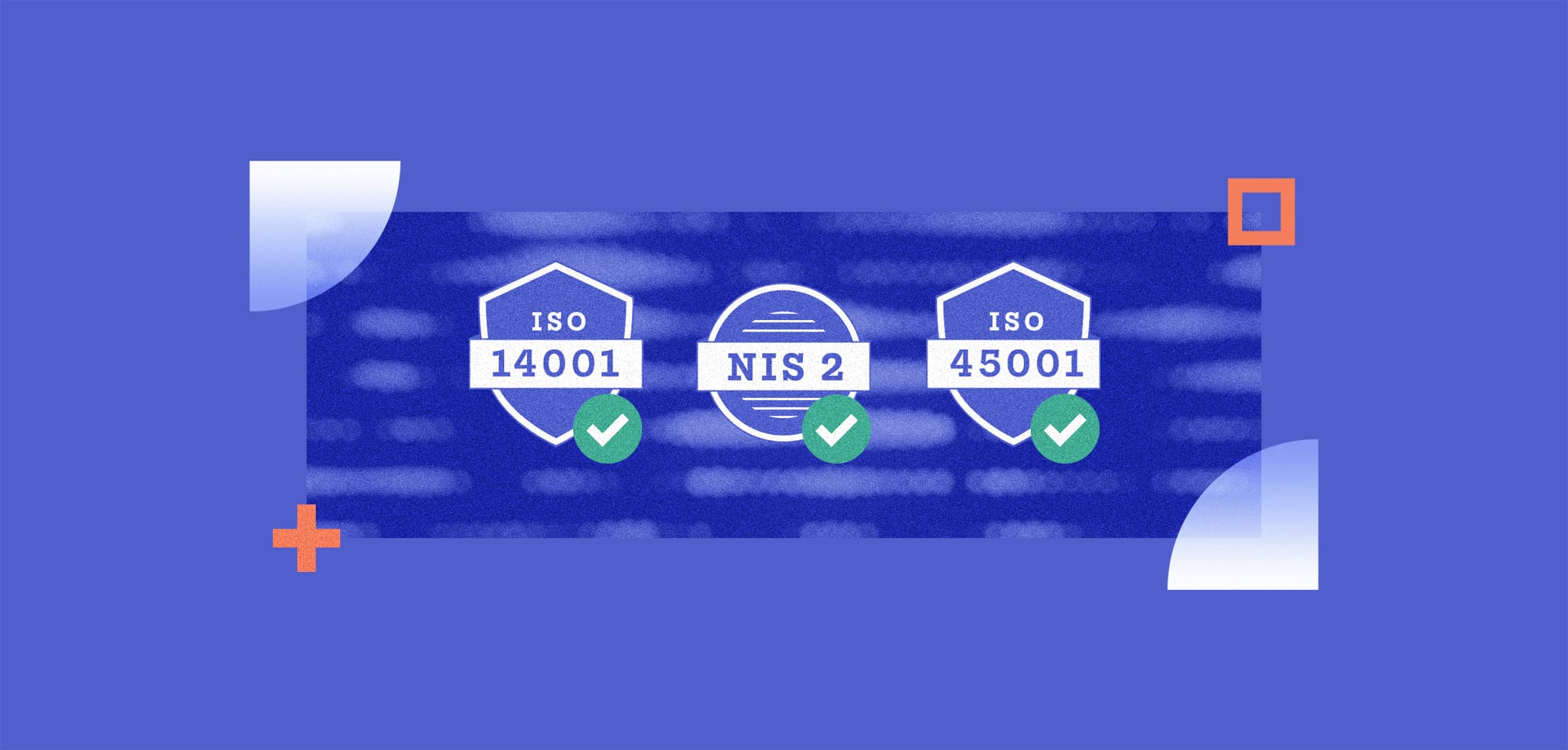
Tackling Compliance in the Law Tech Era
Table Of Contents:
Groundbreaking technological innovations are reshaping the traditional practice of law. Technology has infiltrated nearly every facet of the legal profession, from artificial intelligence and machine learning algorithms to cloud computing and data analytics. This fusion has given rise to exciting possibilities, from streamlining legal processes to enhancing access to justice. However, as with any transformative force, it also presents us with a complex set of considerations, particularly when it comes to compliance.
Within the law tech era, the importance of compliance cannot be overstated. Compliance is a guiding principle, ensuring adherence to legal frameworks, ethical standards, and regulatory requirements amidst the rapid pace of technological change.
In this blog, we aim to delve into the intricacies of compliance in the law tech era, exploring its significance and implications for legal professionals, organisations, and society at large. Join us as we navigate the multifaceted dimensions of compliance, examining key challenges, best practices, and innovative approaches that pave the way for a harmonious coexistence of law and technology in the modern era.
What Is Law Tech
Before we go any further, it’s always good to set the scene, so what is meant by law tech? Law tech, also known as legal technology or legal tech, refers to the application of technology, such as software, tools, and platforms, to address and improve various aspects of the legal industry. Technologies such as:
- eDiscovery (Electronic Discovery): eDiscovery is a commonly used technology that involves identifying, collecting, and producing electronic documents and other electronically stored information (ESI) in response to legal inquiries. Algorithms and machine learning are crucial in categorising vast amounts of data and extracting relevant information.
- LPM (Legal Practice Management) Software: LPM software helps law firms and legal departments manage cases, clients, and budgets more efficiently. It encompasses features such as time tracking, billing, document management, case management, streamlining processes and optimising workflows.
- Contract Management Software: This technology assists businesses in efficiently managing contracts by offering tools for creation, tracking, and monitoring. Automated notifications and reminders help reduce errors and ensure compliance with legal requirements.
- Artificial Intelligence (AI): AI can analyse extensive legal data, identify patterns and trends, predict legal outcomes, and automate tasks like document inspection and contract analysis. This allows legal professionals to focus on more complex issues.
- Blockchain Technology: Employed to address security and trust concerns, blockchain technology provides a secure and transparent record of transactions that cannot be tampered with. In the legal context, it can ensure the integrity of legal transactions, such as contracts, patents, and trademarks, minimising fraud risks while maintaining security and transparency.
What Are The Key Risks and Concerns Around The Use of Law Tech
As the legal industry embraces technology, addressing the key risks and concerns associated with using law tech is crucial. While technology brings numerous benefits, it also presents challenges that must be carefully navigated. Let’s explore some of the main risks and concerns that professionals should be aware of:
Data Security and Privacy
As law tech relies heavily on digital systems and collecting, storing, and processing vast amounts of data, data security and privacy become paramount. Data breaches, unauthorised access, and potential exposure of sensitive client information are significant concerns. Compliance professionals must ensure adequate measures are in place to safeguard data and adhere to data protection.
Compliance professionals must navigate complex data protection regulations, such as the General Data Protection Regulation (GDPR), and implement robust safeguards to protect sensitive client information from breaches or unauthorised access. They must also address data storage, encryption, and secure data transmission challenges within law tech platforms.
Ethical Considerations
Technology-driven legal practices raise ethical concerns that must be addressed. For instance, using AI in legal research and decision-making processes can lead to questions regarding the accuracy and impartiality of automated decision-making.
The algorithms powering law tech solutions can also inadvertently perpetuate biases or discriminatory practices in the training data. This presents compliance risks, especially in areas such as predictive analytics for legal decision-making or AI-powered hiring tools.
Compliance professionals must navigate the ethical landscape, considering the transparency of algorithms, the comprehensiveness of training data, and the ability to explain automated decisions to ensure that the use of law tech aligns with professional standards, codes of conduct, and ethical guidelines.
Legal Compliance
Emerging technologies such as blockchain, smart contracts, and e-discovery tools bring about novel challenges and opportunities for legal compliance. Understanding how these technologies intersect with existing regulatory frameworks ensures that these technologies meet regulatory requirements, such as data protection, intellectual property, electronic signatures, and electronic discovery.
The rapid advancement of law tech also brings about regular updates and changes in the regulatory landscape. Staying updated on emerging regulations specific to technology adoption, data privacy, cybersecurity, and intellectual property rights can be challenging when it’s moving so fast and includes understanding regulatory frameworks at both national and international levels, as law tech often transcends geographical boundaries.
Best Practices for Compliance in the Law Tech Era
Implementing a robust compliance program is vital for navigating the intricacies of the law tech era. Here are some key recommendations to effectively manage compliance in this dynamic environment:
Conduct Risk Assessments
Regularly assess the risks associated with law tech implementations. Identify potential vulnerabilities, threats, and compliance gaps. This includes understanding the security of the technology, the way it is accessed, where data sits and how it moves around the business, the nature and sensitivity of the data concerned, the people using it, the third parties who access/process it and the security policies in place, or not.
Once an organisation understands and has documented all these aspects, it needs to assess the potential risks to the organisation, the data being used, and the supplier involved and determine the appropriate controls to mitigate them in each use case.
Develop Clear Policies, Procedures and Controls
Once an organisation understands the risks assigned to any piece of law tech it intends to use, the next step is to implement straightforward policies, procedures and controls to mitigate those risks. These fall into three clear areas of focus:
People Staff training is vital to ensure an organisation’s correct and compliant usage of law tech. People are the first line of defence in protecting organisations from compliance risk.
A good training program should suit your company, the specific law tech platforms each person will use in their day-to-day jobs and cover topics such as:
- Data privacy
- Cybersecurity as it applies to individual staff member’s role
- Ethical considerations when using law tech
- Proper usage of law tech tools, including when it is and isn’t acceptable to use specific tools in the legal process
Training is not a one-and-done activity; therefore, organisations must ensure regular additional training, engagement and procedures to ensure compliance with any updates or changes to regulation.
Processes One of the most potent tools available to organisations is an effective and accessible information security policy. Establishing comprehensive policies and procedures that align with the legal, regulatory, and ethical frameworks applicable to law tech provides clarity, removes inconsistent behaviours at all levels of your business, and clearly outlines what process the organisation expects staff to follow, what’s prohibited, and who is responsible.
These documents should cover areas such as data protection, cybersecurity, technology usage, ethical considerations, and compliance obligations.
A robust information security policy will:
- Ensure data confidentiality, integrity, and availability, as well as data privacy
- Reduce security incident risk and damage by outlining a precise incident response mechanism
- Create operational information security frameworks within the organisation
- Provide quick responses and clear security statements to third parties, customers and partners
- Fulfil legal and compliance regulatory requirements
Communicate these policies effectively throughout the organisation and ensure they are easily accessible to employees.
Technology Organisations should implement technical controls such as:
- Encryption – to secure sensitive information whilst it is being transmitted or sorted.
- Firewalls – to provide a barrier between internal and external networks, preventing unauthorised data access.
- Access control – to limit who can access sensitive information and what actions users can take with sensitive data.
- Intrusion detection systems – to monitor network activity for signs of malicious activity, alerting security teams to potential threats.
These technical controls help organisations protect their data, comply with relevant regulations, and reduce the risk of data breaches.
Regularly review and update these controls to address emerging risks and evolving technologies.
Comply With Relevant Legislation & Regulations
When considering the usage of law tech, organisations need to stay compliant with applicable legislation. Understanding and following the relevant legal requirements is crucial to ensure law tech’s ethical and secure use; this includes;
- EU GDPR and Reporting Obligations: The EU General Data Protection Regulation (GDPR) imposes strict reporting and enforcement mechanisms. Depending on the circumstances, businesses may be required to report incidents to regulatory bodies and affected customers whose data has been compromised. Failure to comply with reporting obligations can result in significant fines that are not covered by insurance policies. Regulatory bodies, such as the ICO in the UK, determine the fine amount by evaluating the business’s technical and organisational security measures.
- Model Rules of Professional Conduct in the US: Law firms in the United States are bound by the Model Rules of Professional Conduct established by the American Bar Association. These rules ensure that legal services are conducted ethically, efficiently, and safely. They provide guidance on various aspects, including monitoring data breaches, implementing adequate security measures, informing clients of breaches, and addressing the consequences. Lawyers are expected to make reasonable efforts to stay up to date with relevant technology and the legal requirements pertaining to them.
- Data Privacy Regulations: Data privacy regulations vary across countries and US states. For example, California law firms must consider the California Consumer Privacy Act, which sets stringent requirements for handling personal data. Similarly, New York law firms must comply with regulations issued by the New York State Department of Financial Services. In the UK, the Data Protection Act applies, governing the processing and protection of personal data.
- Industry-Specific Acts and Standards: Different industries have their acts and standards that outline specific data protection requirements. For instance, healthcare information is subject to the Health Insurance Portability and Accountability Act (HIPAA). At the same time, financial and credit card data must adhere to the Payment Card Industry Data Security Standard (PCI DSS). Additionally, the Sarbanes-Oxley Act (SOX) sets accounting and investor information requirements.
While this array of regulations may seem overwhelming, most cybersecurity standards and regulations share similar requirements; therefore, by addressing these commonalities using frameworks such as ISO 27001, law firms can streamline their cybersecurity practices and ensure compliance across multiple regulations and standards.
Vendor Due Diligence and Management
Law tech often involves working with third-party vendors and service providers. Compliance professionals should conduct thorough due diligence when selecting and engaging with technology vendors. This includes assessing the vendor’s compliance with applicable regulations, security measures, data handling practices, and contractual obligations. Strong vendor management practices are essential to mitigate compliance risks associated with technology outsourcing.
ISO 27001 and Law Tech Compliance: A Powerful Combination
For organisations looking to engage with law tech and other emerging technologies, the need to comply with the multiple cybersecurity, data and information security regulations to ensure compliance can be simplified using information security management frameworks such as ISO 27001.
An ISO 27001- compliant information management system (ISMS) enables organisations to reduce risk and exposure to security threats. It covers a broad range of information security controls, including policies, procedures, guidelines, and risk management practices. It also requires organisations to regularly assess their security posture, identify areas for improvement, and take steps to address any vulnerabilities or weaknesses.
ISO 27001 is also a flexible and adaptable framework, allowing organisations to tailor their security controls to meet the specific legal requirements that apply to their industry, location, and client base. By implementing ISO 27001’s requirements, law firms can meet the legal requirements that apply to their use of law tech. Additionally, the standard is regularly updated to reflect changes in the threat landscape, ensuring that organisations are prepared to address new and emerging cybersecurity risks.
Once established, adding additional GDPR, NIST and regional regulatory requirements is much simpler. ISO 27001 can also be independently certified, providing evidence to suppliers, stakeholders and regulators that you have taken the “appropriate and proportionate” technical and organisational measures.
By implementing ISO 27001, organisations can enhance their information security practices, demonstrate commitment to compliance, and effectively manage law tech-related risks, enabling organisations to navigate the complexities of the law tech era confidently.




